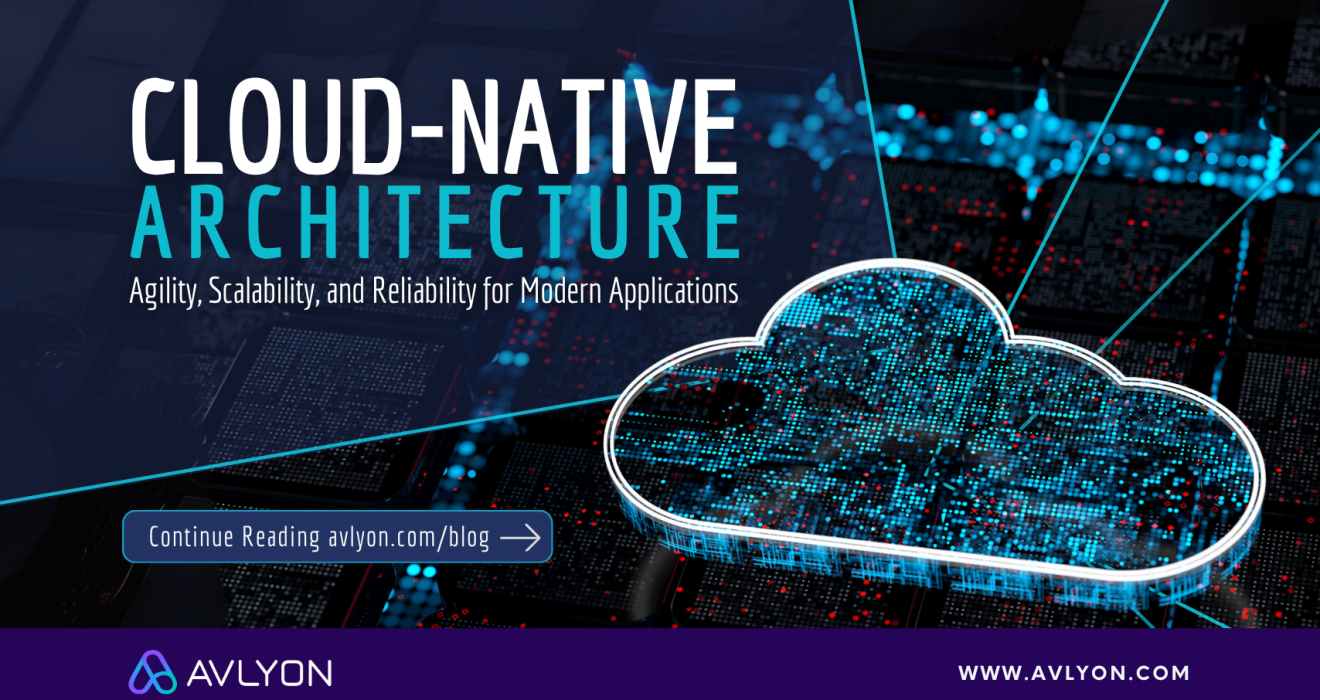Cloud-Native Architecture for Modern Applications: Building Agility, Scalability, and Reliability
Why Cloud-Native Matters
Unlike traditional systems that rely on centralized designs, cloud-native applications are built to perform in dynamic environments. They use cloud services to deliver faster deployment, stronger resilience, and continuous scalability. Businesses that adopt this approach reduce time-to-market, maintain reliable performance during demand spikes, and cut infrastructure waste.
Key benefits include:
- Agility: Continuous delivery and rapid iteration cycles shorten development timelines.
- Scalability: Systems adjust automatically to demand, avoiding over-provisioning or outages.
- Resilience: Distributed microservices limit the impact of failures and speed up recovery.
- Efficiency: On-demand resources lower operating costs compared to static infrastructure.
Core Principles of Cloud-Native Architecture
- Microservices
Applications are divided into small, independent services. This structure improves development velocity and prevents single points of failure. - Containers
Technologies such as Docker and Kubernetes package applications with dependencies, ensuring consistency across environments and simplifying deployment at scale. - DevOps and Automation
Automated CI/CD pipelines streamline releases, reduce errors, and support continuous improvement. - Observability and Monitoring Monitoring tools track system health in real time. Metrics such as latency, throughput, and error rates help teams detect and resolve issues before they affect users.
Challenges in Cloud-Native Adoption
Adopting cloud-native requires more than tools; it demands a mindset shift and new processes.
- Cultural Change: Teams must embrace DevOps collaboration instead of working in silos.
- Operational Complexity: Distributed systems need robust monitoring and governance to avoid blind spots.
- Security Risks: Containers and APIs expand the attack surface, making proactive security practices essential.
A McKinsey survey found that 70% of cloud-migration programs stall due to operational and cultural barriers, underlining the importance of leadership, planning, and cross-functional alignment.
Real-World Impact of Cloud-Native
Enterprises across industries are already achieving measurable gains:
- Retailers scale microservices during seasonal sales to handle 10x traffic without disruption.
- Fintech firms use container orchestration to ensure secure, uninterrupted digital payments.
- SaaS providers accelerate release cycles, moving from quarterly updates to weekly improvements.
At Avlyon, our engineering teams design and implement cloud-native systems that balance speed with stability. We help clients deploy strategies that are technically sound, cost-efficient, and future-ready.
Final Thought
Cloud-native architecture is more than a technology shift. It is a foundation for building applications that adapt quickly, scale responsibly, and maintain long-term resilience. By embracing microservices, containers, automation, and governance, organizations set themselves up for innovation and sustainable success.
At Avlyon, we guide businesses through this transition, ensuring they gain not just the benefits of the cloud, but the confidence that their systems are designed to grow and evolve with them.
If your team is ready to unlock the potential of cloud-native, visit www.avlyon.com to connect with our experts.

